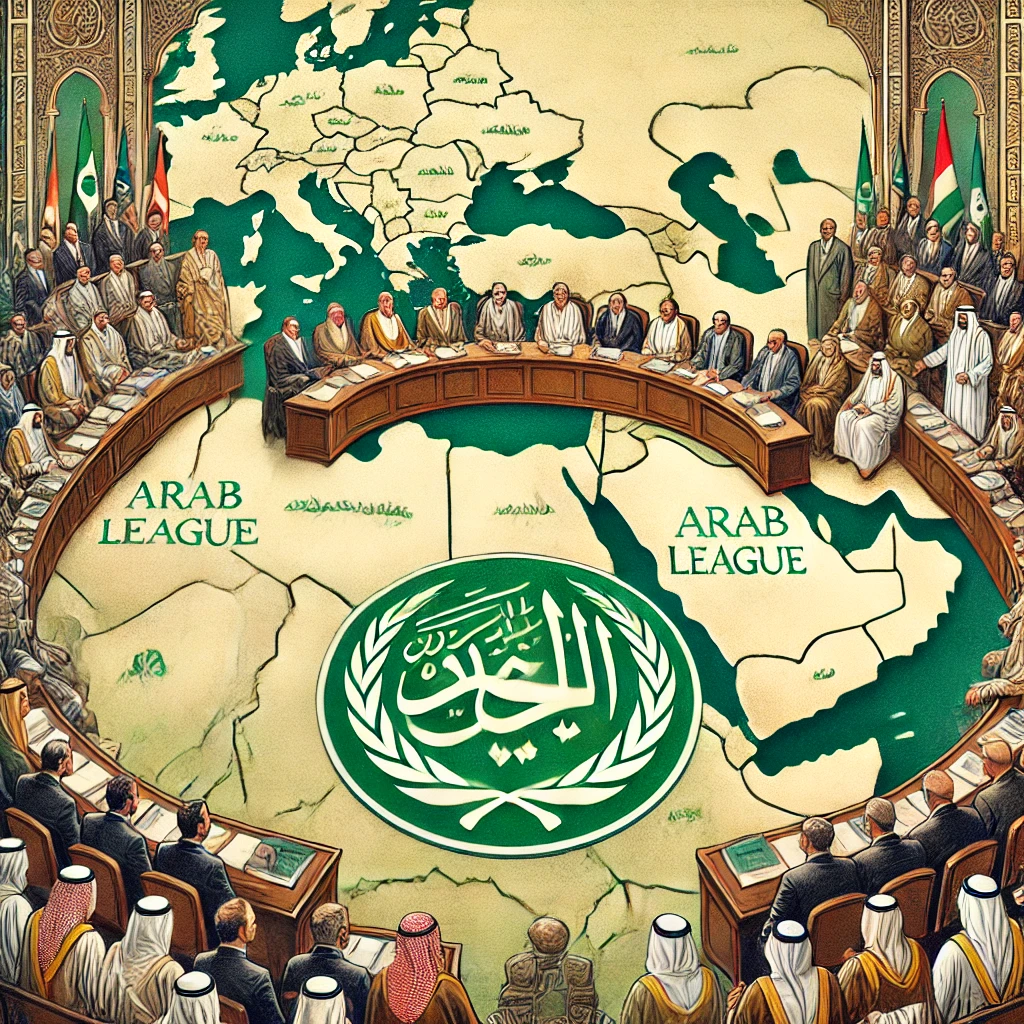The Partition of India in 1947 was an important event that shaped the history of South Asia. It led to the creation of two independent nations, India and Pakistan. The event was marked by widespread violence, mass migrations, and deep-seated trauma for millions. Understanding the causes and effects of this partition is crucial for comprehending its impact on the subcontinent.
- Political tensions escalated due to differences between the Congress and Muslim League.
- Religious divisions intensified as the idea of a separate Muslim state gained momentum.
- British colonial policies contributed to the growing mistrust between communities.
The Partition remains a deeply emotional and sensitive topic for many in South Asia. The scars of the partition are still evident in the strained relations between India and Pakistan. Efforts at reconciliation have been sporadic and often hindered by political and military conflicts. The memories of the violence, displacement, and trauma are passed down through generations, making it a subject of extensive study and reflection.

Causes of the Partition of India
The Partition of India was driven by a combination of political, religious, and social factors. The demand for a separate Muslim state by the All India Muslim League, led by Muhammad Ali Jinnah, played a pivotal role. Jinnah argued that Muslims would be marginalized in a Hindu-majority India, leading to the call for Pakistan. The British policy of “Divide and Rule” further deepened the divide between Hindus and Muslims, fostering mistrust and hostility.
The Congress Party’s vision of a unified India clashed with the Muslim League’s demand for partition. The failure to reach a consensus on power-sharing exacerbated tensions. The communal violence that erupted during the 1940s, particularly during the Direct Action Day in 1946, underscored the deep-rooted animosity between the two communities. The British, eager to exit India swiftly, hastily accepted the partition plan, sealing the fate of millions.

Effects of the Partition of India
The Partition of India had profound and far-reaching effects on both India and Pakistan. The most immediate consequence was the mass migration of around 10 to 15 million people across the newly drawn borders. Hindus and Sikhs moved to India, while Muslims migrated to Pakistan. The migration was accompanied by widespread violence, with an estimated one to two million people losing their lives in the communal riots.
The partition also left a lasting legacy of bitterness and mistrust between India and Pakistan. The two countries have fought several wars since their independence, primarily over the disputed region of Kashmir. The division also led to the disruption of economies, as the newly formed nations struggled to rebuild and establish themselves. Families were torn apart, properties were abandoned, and entire communities were uprooted, leading to a sense of loss and displacement that persists to this day.
Conclusion
The Partition of India was a turning point in the history of the subcontinent. It was the result of complex and interrelated causes, including political ambitions, religious divisions, and colonial policies. The effects of the partition were devastating, leading to mass migrations, widespread violence, and long-term hostility between India and Pakistan. Understanding this event is essential for grasping the contemporary dynamics of the region.
| Partition of India UPSC Notes |
| 1. The Partition of 1947 resulted in the creation of two independent nations, India and Pakistan, following deep-rooted political and religious tensions. 2. The All India Muslim League’s demand for a separate Muslim state, led by Muhammad Ali Jinnah, was a key factor driving the partition of India. 3. British colonial policies, particularly the “Divide and Rule” approach, exacerbated divisions between Hindus and Muslims, contributing to the eventual partition. 4. The partition led to mass migrations of around 10-15 million people, accompanied by widespread communal violence, resulting in significant loss of life. 5. The legacy of the partition includes ongoing hostility between India and Pakistan, with deep emotional and historical scars that continue to influence relations. |


